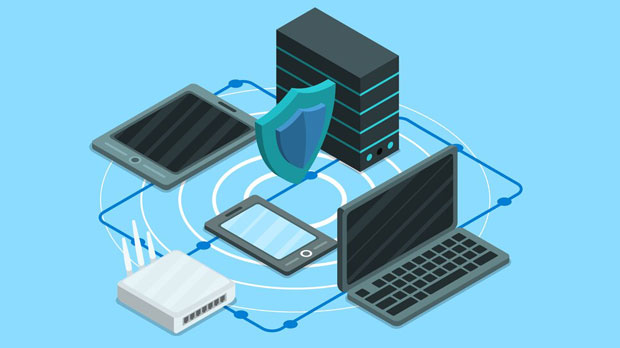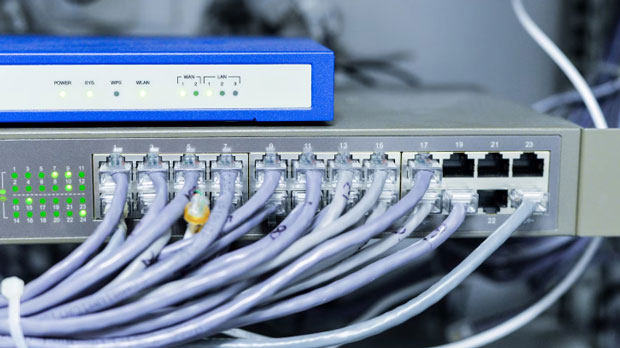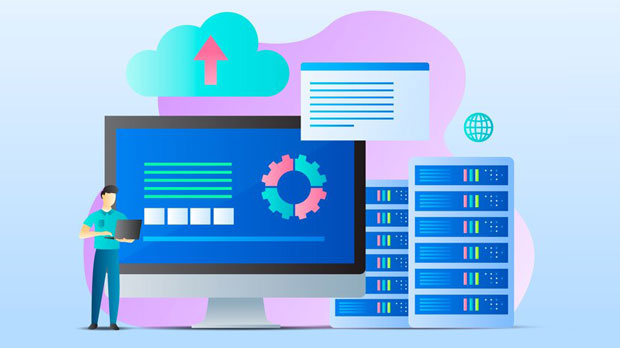As online security and fraud prevention technologies evolve, the need for effective mechanisms to track and identify malicious activities is becoming increasingly crucial. One significant question arises: can ip proxy detection be integrated with user behavior recognition to create a more comprehensive solution? The combination of these two approaches could provide a more accurate and effective way to detect fraud, bot attacks, and other forms of malicious behavior online. By analyzing both the IP address and the user's activity patterns, businesses can identify suspicious actions and take preventive measures before any harm is done. In this article, we will explore the potential benefits and challenges of linking IP proxy detection with user behavior recognition, as well as how this integration could enhance overall security systems. Understanding IP Proxy Detection and User Behavior RecognitionBefore delving into the integration of IP proxy detection and user behavior recognition, it is essential to understand what each of these technologies entails. IP proxy detection refers to the process of identifying whether an IP address is coming from a proxy server or a VPN (Virtual Private Network). Proxies and VPNs are commonly used to hide the true identity of a user, masking their location and circumventing geo-restrictions. For security systems, detecting such activity is important because it may indicate fraudulent behavior, bot traffic, or an attempt to evade detection.On the other hand, user behavior recognition focuses on analyzing the way a user interacts with a website or application. This can include factors such as the mouse movements, click patterns, typing speed, time spent on certain pages, and other behavioral metrics. User behavior recognition helps identify anomalies that may suggest a person is not acting in a typical manner or is a bot attempting to mimic human actions.When these two technologies are combined, they can provide a multi-faceted approach to identifying and mitigating threats, as we will explore in the following sections.The Benefits of Integrating IP Proxy Detection with User Behavior Recognition1. Enhanced Detection Accuracy One of the most significant advantages of combining IP proxy detection with user behavior recognition is the improved accuracy of threat identification. For example, if an IP address is flagged as using a proxy or VPN, this could trigger further scrutiny of the user’s behavior. If the user’s actions are also inconsistent with typical human patterns, this could provide a strong signal that the user is not legitimate. By combining these two sets of data, security systems can reduce false positives and negatives, ultimately improving their effectiveness.2. Improved Fraud Prevention Online fraud is a pervasive issue for businesses in various industries, including e-commerce, banking, and online gaming. Fraudsters often use proxies or VPNs to hide their true identities and engage in fraudulent activities such as account takeover, payment fraud, or fake reviews. By integrating IP proxy detection with user behavior recognition, businesses can better identify unusual patterns of activity that may indicate fraudulent behavior. For instance, if a user is logging in from an IP address known for proxy use and simultaneously exhibits unusual behavior—such as rapid clicks or entering incorrect information—this could trigger an alert for further investigation.3. Bot Detection and Mitigation Bots are automated scripts or programs that can perform various tasks, such as scraping content, spamming, or performing brute-force attacks. Many bots use proxies to avoid detection, making it difficult for traditional IP-based detection systems to identify them. By incorporating user behavior recognition, systems can detect non-human patterns, such as erratic mouse movements or unrealistic typing speeds, that bots typically exhibit. Combining this with IP proxy detection increases the chances of identifying bot traffic, even if the bot is attempting to disguise its origin.4. Adaptive and Real-Time Threat Response The integration of IP proxy detection and user behavior recognition can provide businesses with the ability to respond to threats in real-time. For instance, if an anomalous pattern is detected, such as a user accessing the site from a suspicious IP address and exhibiting irregular behavior, the system can instantly flag the activity, block access, or prompt additional verification steps. This allows businesses to prevent potential security breaches before they escalate into more serious problems.Challenges and Considerations for IntegrationDespite the many benefits, integrating IP proxy detection with user behavior recognition also presents several challenges and considerations that must be addressed for the system to be effective.1. Privacy Concerns One of the main concerns with integrating user behavior recognition is privacy. Behavioral tracking often involves collecting data on users’ interactions with a website or app, which can be seen as an invasion of privacy if not handled responsibly. It is essential for businesses to comply with data privacy regulations, such as the General Data Protection Regulation (GDPR) in Europe, to ensure that user data is protected and used only for legitimate purposes. Transparency in data collection and obtaining user consent is critical.2. False Positives and Negatives While combining IP proxy detection and user behavior recognition can enhance threat detection, it can also lead to an increase in false positives and negatives if not finely tuned. A user may legitimately use a proxy or VPN due to privacy concerns, and combining this with unusual behavior could wrongly flag them as a threat. Similarly, a user’s behavior may appear abnormal due to personal preferences or specific circumstances, leading to a false negative. Ensuring that the system is calibrated to minimize these inaccuracies is crucial for maintaining a balance between security and user experience.3. Resource Intensiveness The integration of both IP proxy detection and user behavior recognition requires significant computational resources. Analyzing behavioral patterns and cross-referencing them with IP data in real-time can be resource-intensive, especially for large-scale businesses with high volumes of traffic. This could lead to slower response times or increased server load, which may impact the user experience. Companies must ensure that their infrastructure is capable of handling the additional processing requirements.4. Sophisticated Attack Techniques As online fraud and malicious activities evolve, so do the techniques used by attackers. Sophisticated fraudsters may employ advanced methods to mask their IP addresses and behavior, making it more challenging for security systems to detect them. For example, they may use highly dynamic ip proxies or employ machine learning algorithms to mimic human behavior. Therefore, businesses need to continuously update and refine their detection methods to stay ahead of emerging threats.Conclusion: A Powerful Combination for Improved SecurityIntegrating IP proxy detection with user behavior recognition has the potential to significantly enhance security systems by providing a more comprehensive and accurate approach to identifying and mitigating online threats. The combination of these two technologies allows businesses to detect suspicious activities that would otherwise go unnoticed, offering improved fraud prevention, bot detection, and real-time threat response.However, the integration of these technologies also comes with challenges, including privacy concerns, the potential for false positives and negatives, resource intensiveness, and the need to stay ahead of increasingly sophisticated attack methods. Businesses must carefully consider these factors and implement appropriate safeguards to ensure the effectiveness and ethical use of these systems.Ultimately, when executed correctly, the integration of IP proxy detection and user behavior recognition offers a powerful solution for combating online fraud and protecting businesses and their customers from malicious activities.
Apr 22, 2025
![arrow]()




























































